Sounds Dutch, I’m In
An Outsider Look at Cultural Identity, Urban Landscapes, and Culinary Legacies
How have encounters with other cultures and societies reshaped your view of your own?
I’d love to about hear about things that changed your perspective—I’ll go first!
William and I have been living in the Netherlands for, golly, four months already! Despite my commitment to documenting the experience, my untethered creative mind seems to be a bit all over the shop. So, I made a schedule to keep things on track: Tuesdays we’ll alternate between Immigrant Hagelslag and The Lost & Foundry. Writing more fiction both here and to submit for things means I’ve been juggling a host of different ideas, but I don’t want to lose sight of what it feels like to be an immigrant in a new country while my reflections are still fresh.
Though we hope to reapply and remain, our visas are for two years, meaning we don’t have unlimited time to learn about life in The Netherlands. We do our Babbel and we have watched Dutch movies on Disney+, but you can’t learn all about a new culture from an app or television—sorry to say, life in America was nothing like Friends. As William and I adapt to day-to-day living abroad, participating in the local traditions and “doing Dutch things” helps open a window into the soul of our new nation.
Vibrant Dutch Festivals: Koningsdag & Cultural Tradition
The cultural identity of any country is honed over generations, bred from a long and unique history. One of the striking things about moving abroad is realizing how much you’d taken for granted about where you came from. Growing up in a family leads you to believe that’s how all of them must operate. Similarly, stepping into a new society gives you a different understanding of what belonging truly means.
Every April 27th, The Netherlands celebrates Koningsdag, commemorating the monarch’s official birthday. Since King Willem-Alexander does not celebrate his birthday on Sunday, this year it was observed on the 26th. “On King’s Day, the streets come alive with an electric sense of freedom and unity—every corner becomes a stage for the nation’s most cherished traditions” (Holland.com, n.d.). William and I weren’t sure what to expect since there were events happening all across the city, including a carnival with a Ferris wheel!
In an uncharacteristic show of frivolity, nearly everyone was dressed up for the occasion. Most wearing (at least one piece of) orange clothing, several had crowns in their hair, while others had the Dutch flag painted on their cheek—if not covering their entire face. We enjoyed orange-filled cream puffs, spotted groups picnicking or hosting dinner on the patio, and even a few of the pop-up flea markets. We didn’t attend either of the ticketed parties, but we caught a drum corps performing near Binnenhof and strolled through a spring plant market along the Lange Voorhout.
May begins with Bevrijdingsdag, this year marking the 80th anniversary of the end of the Nazi occupation. “Liberation Day is not only about looking back at our past but also about envisioning a future filled with hope…where history meets celebration” (Government of the Netherlands, n.d.). The day before, Dodenherdenking (Remembrance Day) is very somber. At 8 PM, the entire nation, whether they be on the road or playing televised voetball, comes to a halt for two minutes of silence. “De beste manier om de gevallenen te herdenken is datgene te doen waarvoor zij gestorven zijn” (Government of the Netherlands, 2025), which translates to “the best way to honor the fallen is to do what it is they died for.”
If you’re asking, I think that’s a far more powerful celebration than seeing if you can avoid blowing off your fingers while chugging Budweiser…though, I suppose, that is equally as telling about a cultural interpretation of “honoring freedom.”
Tulip Gardens & Polders: Dutch Urban & Natural Ingenuity
Beyond the lively celebrations and cherished traditions, I’ve made no secret of my adoration for both the land- and cityscapes I’ve seen here. This being our first spring in The Netherlands, we thought it essential that we see some tulips. Frankly, I half-expect it to be required in order to renew our visas down the road. We didn’t want to do it halfway and decided to treat ourselves a day of sightseeing, joining the masses in flocking to Keukenhof. “The beauty of [it] is not just in its vast display of blooms, but in its celebration of a tradition that has made the Netherlands synonymous with tulips worldwide” (Keukenhof Official Website, n.d.).
Because the crown jewel of flower parks isn’t directly accessible by transit from The Hague, we first traveled to nearby Leiden. Before we moved here, I’d only visited Amsterdam; however, William visited this charming university town years before we met. Together, we enjoyed a wander through the centrum, stopping to take pictures of the windmills because we were being tourists. After lunch at a pannenkoekenhuis, we stumbled upon the spot where Rembrandt was born. Turns out there’s a bit of history everywhere you go, but, in a densely populated country, it’s closer than you might think!
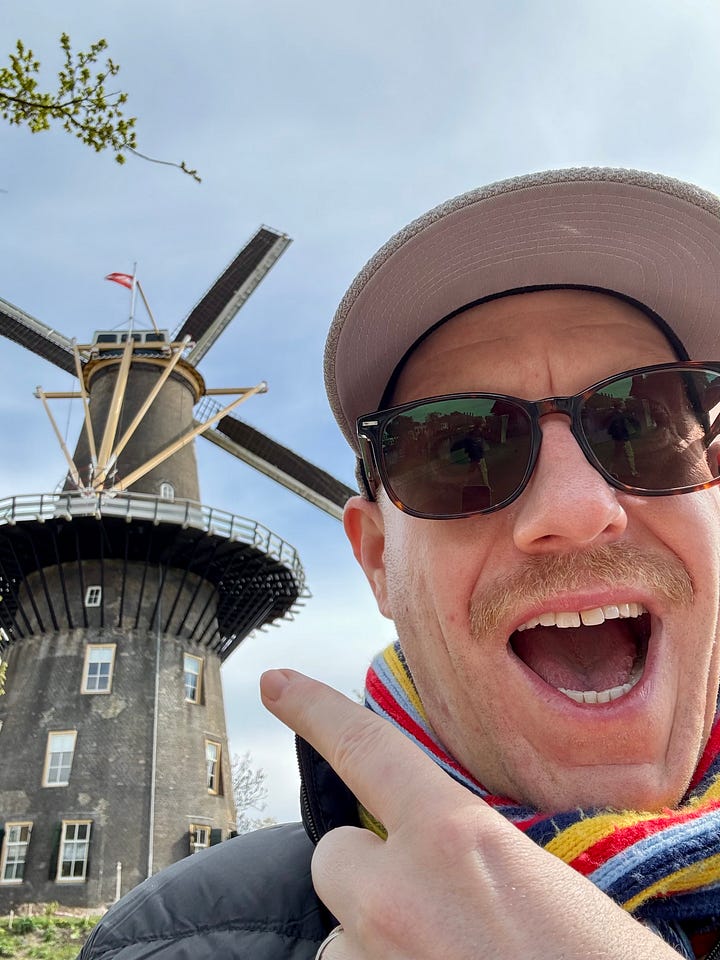

Back at Leiden Centraal, we crammed in for the twenty-minute bus ride to reach the main event. Passing by farms of huge tulip fields, I realize I never thought of flowers as a “crop” before, though they’re much prettier than the corn fields I remember from my years in Iowa. Upon arrival, we discovered Keukenhof is like an Arboretum had a baby with Walt Disney World. Literally millions of blooms, several thousand people taking new Tinder profile pictures, and the largest parking lot I have seen since leaving the United States. “From the roots of Tulip Mania to the modern global trade in flower bulbs, Keukenhof stands as a living beacon of the Netherlands’ unique relationship with nature and commerce” (Holland.com, n.d.). Pictures really are worth a thousand words in this case, but if the IND wants 1000 words on the quintessential Dutch bloom, I will gladly oblige!
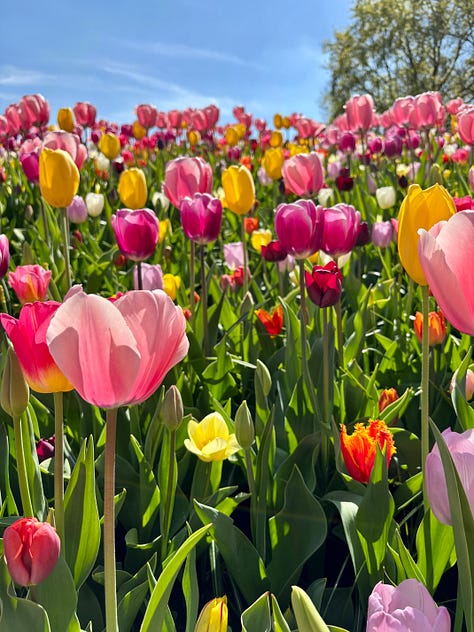
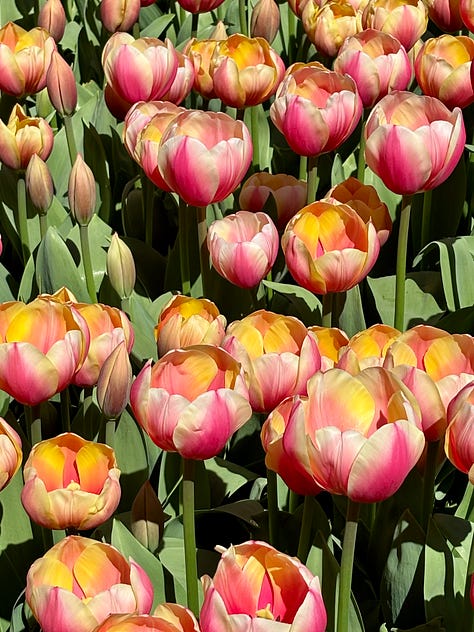
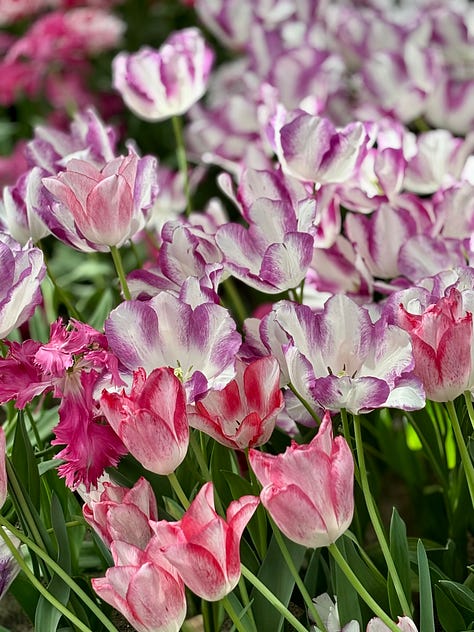
As a tourist, you usually see the top-tier sites in a whirlwind; however, the real life of living abroad doesn’t come with admission times and is best found off the beaten path. A few days after our floral pilgrimage, William and I hopped a train south to Bergen op Zoom for a delightful day with
and her husband, Ad. Just a short train ride away, we enjoyed a delicious Turkish brunch at theirs before exploring the city.After wandering through the winding streets and shops of the centrum, we visited Het Markiezenhof (The Marquis’ House). On Sevgül’s recommendation, William and I got ourselves Museumkaarts, the annual membership that grants unlimited admission to more than 500 different sites across the country. Pro-tip: it’s also a great way to use a clean bathroom wherever you go, though you have to live here to get one.
As a museum, Markiezenhof is something of a Frankenstein, but in the best possible way. There’s a cabinet of anatomical oddities, a theatre showing a film on the history of motion picture equipment, and a children’s exhibit on keeping secrets, complete with a lesson in Dutch morality: “weigh whether keeping the secret is more helpful or harmful to both yourself and others.” In another wing, a series of mannequins show life “in the old days” and the attic is devoted to a collection of miniature automatons of every type of carnival attraction.
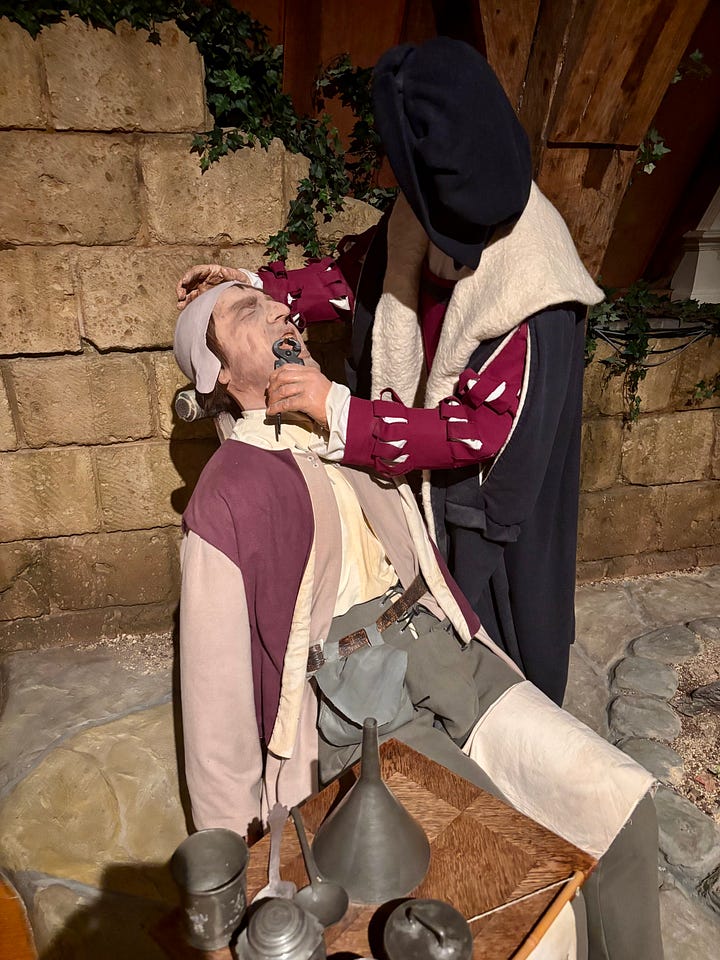
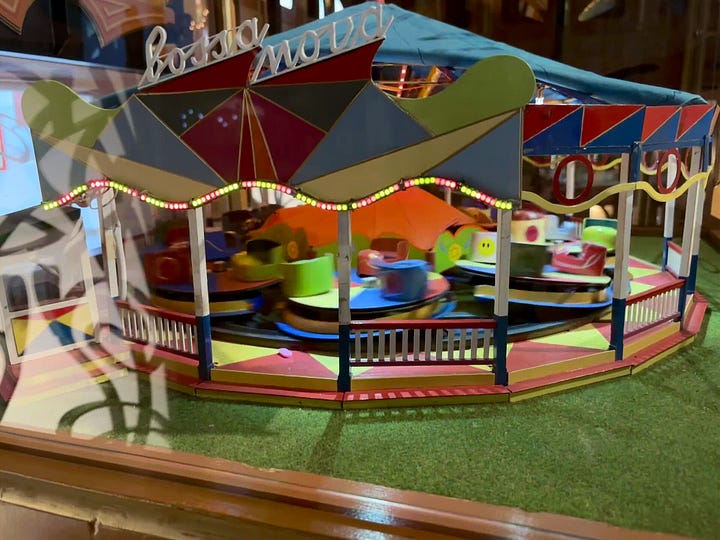
As a former royal home, there’s also an obligatory series of opulent Versailles-esque rooms. At the end of the presence chamber, dining hall, and bedroom was a digital photo booth where visitors could pose with one of the costume characters meant to give the exhibit a human context. Providing my email to receive a copy of ours, I joked I’d also get the museum’s newsletter for the rest of my life. “Not if you don’t confirm the subscription,” Ad replied.
You gotta love the GDPR…
Markiezenhof also houses a full-room aerial relief of Bergen op Zoom and its environs. Built in a river delta, the city is a great example of Dutch ingenuity—remember that more than a quarter of the country is below sea level. “The Netherlands’ mastery in land reclamation is a story of perseverance and innovation—turning challenging delta landscapes into thriving urban and cultural havens” (Rijkswaterstaat, n.d.). While the Dutch built polders and dikes to have land enough to live on, the vastness of America seems to be designed for cars rather than people.
Between cities ribboned with canals and spring flowers, I’m captivated by the way Dutch society integrates with the natural world. Yes, land reclamation subverts the balance, establishing dominion by pulling terrain from the sea. But they also honor the momentary beauty of a flower: popular as it is, Keukenhof is only open eight weeks a year. Blossoms and cities paint quite a picture, but the tastes of Dutch food tell an equally rich story of the history and heritage.
Dutch Culinary Diversity: Savoring Global Flavors
It doesn’t matter which country I’m living in, I seek out sausage…hey, that’s not a gay joke! As I did with Russian сосиски, I have fallen in love with frikandellen, a Dutch skinless wurst that begs to be dipped in mayonnaise. Just about anywhere you go in The Netherlands, you’ll see something called bitterballen on the menu. The size of a hefty meatball breaded and fried like a St. Louis ravioli, they’re served with whole grain mustard for dipping. The inside is a savory blend of béchamel and minced beef—veal if you’re somewhere fancy and sometimes a vegetarian version. Bitterballen are dangerous when hot, but, I can tell you from experience, they are great served with a cold beer and enjoyed with friends in the afternoon sun.
Our day in Bergen op Zoom ended in true European style—with drinks in the square. I knew Ad had taken the day off, but I wondered how everyone else was free at 3 PM on a Friday afternoon. He explained many people in The Netherlands work part-time (32 or less hours), and I suddenly understood what work-life balance is actually supposed to mean.
After I admitted to buying The Hague Cookbook, we got to talking about how the multi-national flavors popular in the country haven’t been amalgamated into a monolith. Not to alienate the 9% of my subscriber base from the UK, but the ubiquity of curry on pub menus suggests the traditional Indian flavor is…well, British.
An unfortunate side-effect of the old Dutch way of “living together apart,” there are definite clusters of immigrants in insulated pockets within the cities. Still, the tastes and dishes from the country’s former colonies haven’t been diluted into a single national identity. “In the Netherlands, food is a testament to respect for tradition—each bite tells a story of ingredients sourced with care and recipes that celebrate cultural origins rather than erase them” (The Guardian, 2020).
Except for chamomile and nettles, tea plants are not native to Great Britain...
The longer we spend in The Netherlands, the more I’m amazed at things that probably shouldn’t feel so foreign to me. Except for one “sports bar,” I don’t see televisions in restaurants…because people go out to enjoy their time together. Dutch society blends modern values with a respectful nod to an incredibly complex past. It shouldn’t be earth-shattering to imagine a post-colonial society with some measure of respect for the sovereignty of nations once under its control. The country’s history is NOT perfect, do not misunderstand me; however, attitude in The Netherlands offers a refreshing comparison to current trends in the United States. While many generations of Nederlanders were taught about “the good of trade” rather than “the evil of subjugation,” at least they’re still allowed to call it slavery in schools and it’s not considered heresy to suggest people who were enslaved might not have enjoyed the experience.
In the next installment, I’ll dive deeper into some of the Dutch social structures in that have fascinated me. Spoiler alert: living in The Netherlands has already had a positive impact on my physical and mental health. Until then, please, get outside and enjoy a little sunshine—there’s a playlist for that! Spend a couple hours learning a new bit of history, and knock off early to raise a glass to spring. Proost!
Thank you for reading! Indie creatives like me rely on your likes, comments, and shares to reach new readers who love expat memoirs, serialized mysteries, and thought-provoking fiction. Your engagement makes all the difference!
Bibliography
DutchNews.nl.. 2019. “Bitterballen: A Deep Dive into the Ultimate Dutch Snack.” Accessed May 15, 2025. https://www.dutchnews.nl/news/bitterballen/
Government of the Netherlands. 2025. “National Remembrance Day (Dodenherdenking).” Last modified May 4, 2025. https://www.government.nl/topics/national-remembrance-day
—. n.d. “Liberation Day.” Accessed May 14, 2025. https://www.government.nl/topics/liberation-day
Holland.com.. n.d. “Koningsdag – Celebrating the Dutch King’s Birthday.” Accessed May 14, 2025. https://www.holland.com/global/tourism/information/festivals/koningsdag.htm
—. n.d. “Tulipmania and Dutch Horticulture.” Accessed May 16, 2025. https://www.holland.com/global/tourism/information/tulip-mania.htm
Keukenhof Official Website. n.d. Accessed May 16, 2025. https://www.keukenhof.nl
Rijkswaterstaat. n.d. “Land Reclamation in the Netherlands.” Accessed May 19, 2025. https://www.rijkswaterstaat.nl/en/infrastructure/reclamation
The Guardian. 2020. “Dutch Cuisine and Its Colonial Roots: A Complex Legacy.” May 15, 2020. Accessed May 19, 2025. https://www.theguardian.com/world/2020/may/15/dutch-cuisine-and-its-colonial-roots




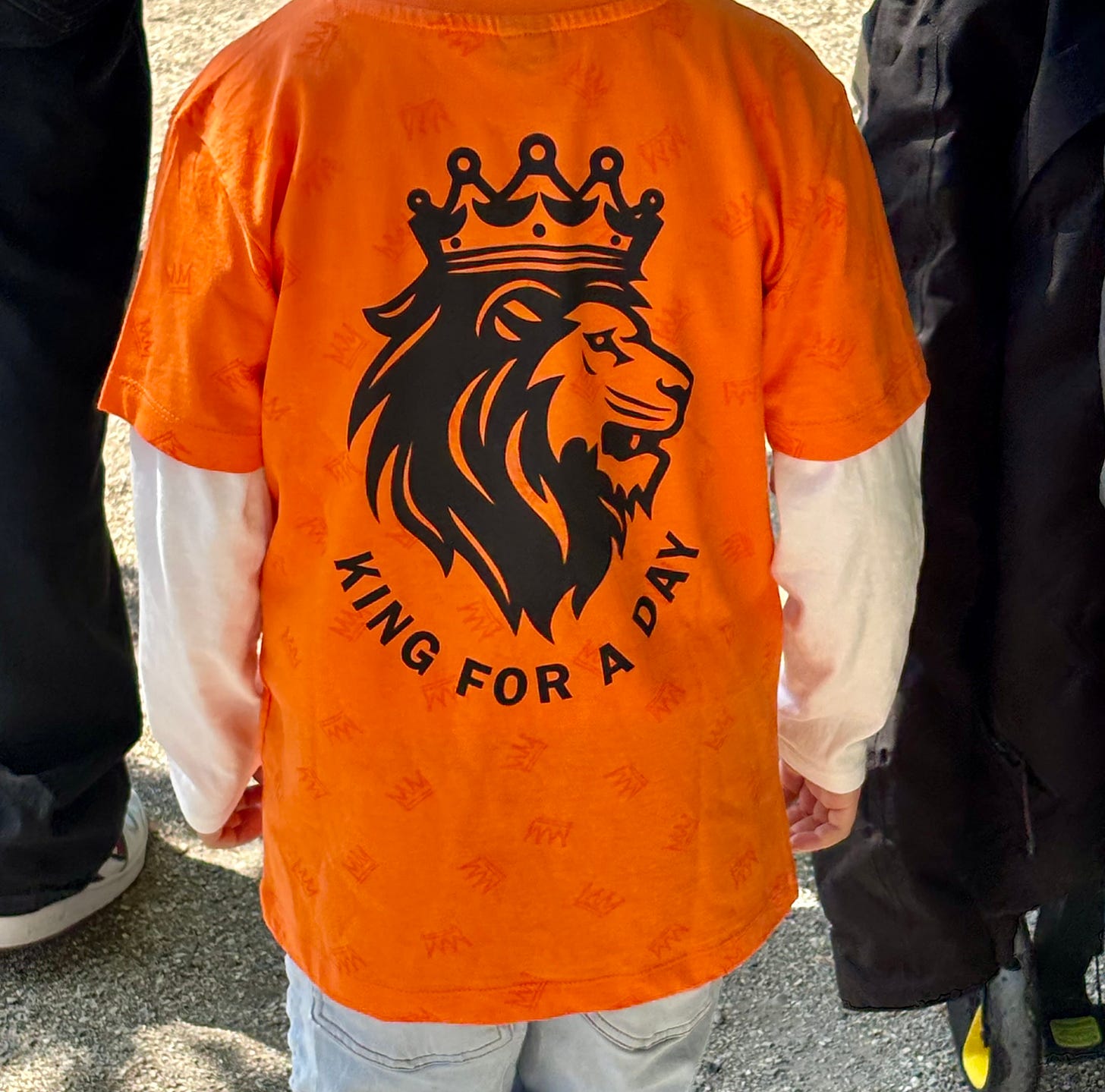
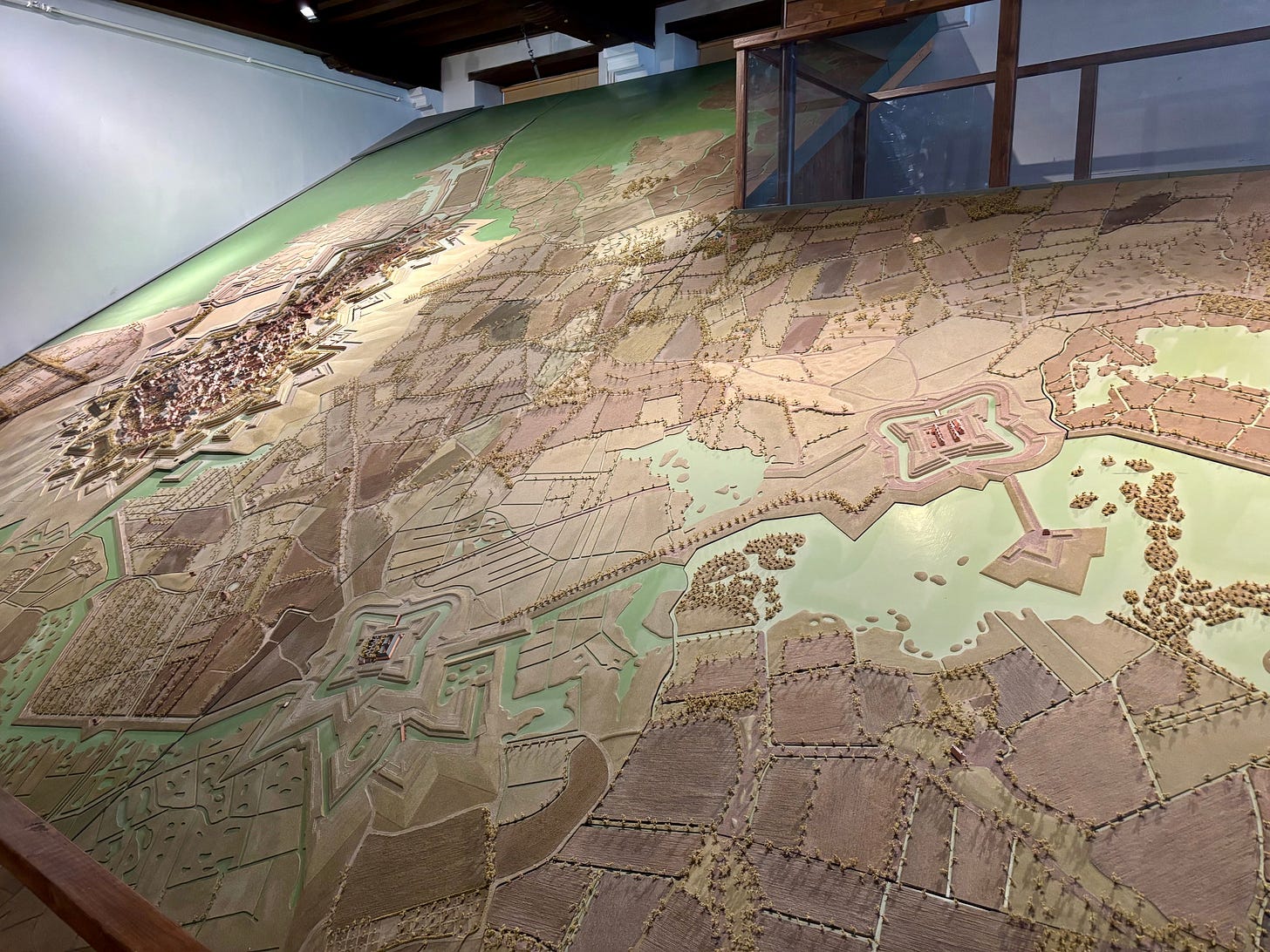
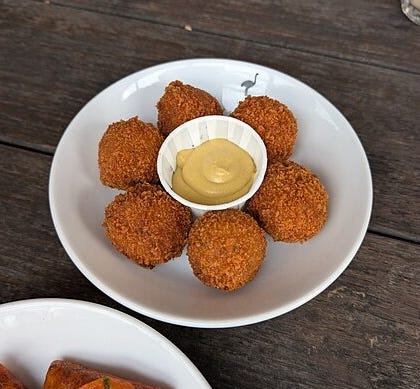
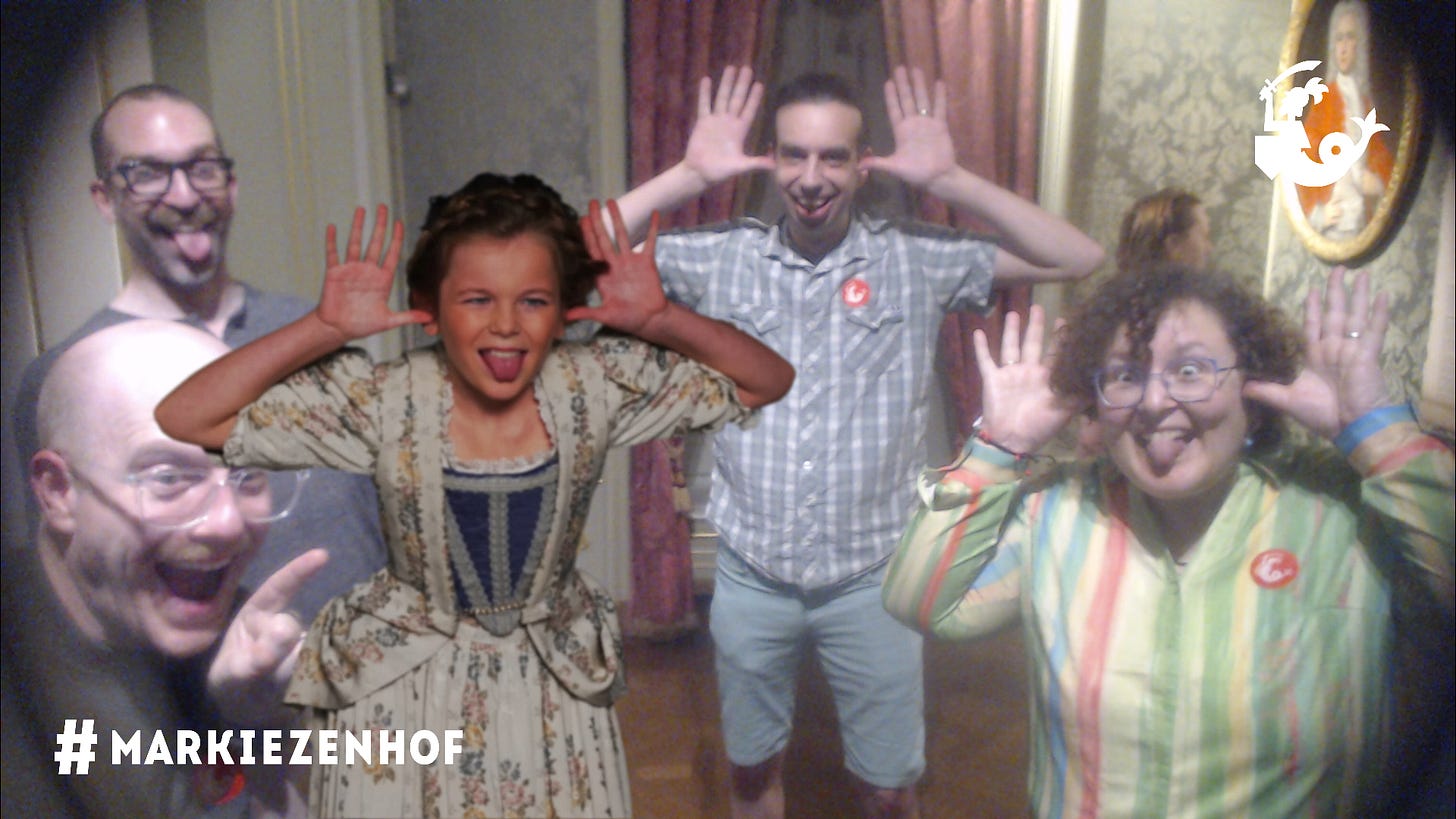
Bitterballen... lekker!
These tulips look gorgeous. I was pleasantly surprised by the food in Amsterdam. I had some of the best pancakes of my life. Next time, I will be inspried to try the bitterballen.